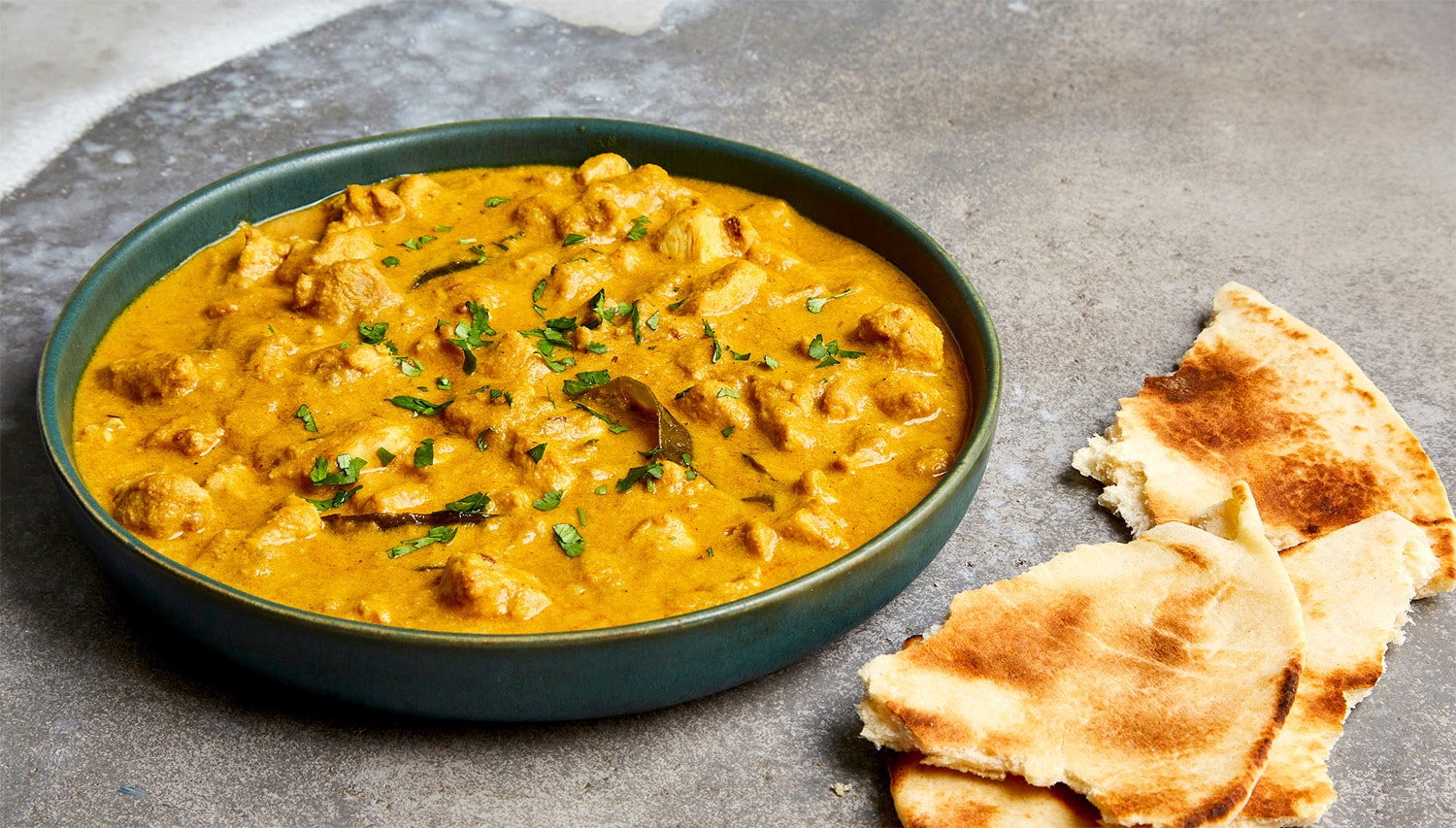
37 interesting facts about Curry
- 👁️ 326
Curry, a term widely recognized across the globe, evokes the senses with its complex flavors and vibrant colors. Originating from the Indian subcontinent, curry has transcended its cultural boundaries to become a beloved dish in many parts of the world. This culinary masterpiece is celebrated for its versatility, as it can include a wide range of ingredients and spices, making each curry dish unique. From the fiery vindaloos of India to the milder kormas, curry has a rich history and an important place in the culinary traditions of many countries. Here are 37 interesting and informative facts about curry that highlight its diversity, history, and significance in world cuisine.
- The word “curry” is derived from the Tamil word “kari,” meaning sauce or relish for rice.
- Curries can be traced back to the Indus Valley Civilization, around 2500 BCE.
- The concept of curry was brought to the West by British colonialists in India during the 18th century.
- Curry powder, a Western invention, was created to mimic the flavors of Indian cuisine.
- There are thousands of different curry dishes worldwide, each with its unique combination of spices.
- The primary spices found in most curry powders include turmeric, coriander, cumin, and chili.
- Turmeric, a key ingredient in many curries, is known for its anti-inflammatory properties.
- In Japan, curry is considered a national dish and is served in a variety of ways, including curry rice and curry udon.
- Thai curries are distinguished by their color – green, red, and yellow, each indicating the type of chili used.
- The world’s hottest curry is the “Phaal,” originating from Indian restaurants in Birmingham, England.
- Caribbean curries often feature seafood and are influenced by Indian, African, and British cuisines.
- In South Africa, “bunny chow” is a popular dish consisting of hollowed-out bread filled with curry.
- The first curry recipe in English was published in “The Art of Cookery Made Plain and Easy” by Hannah Glasse in 1747.
- Currywurst, a dish of sausages with curry-flavored ketchup, is a popular street food in Germany.
- The largest curry was made in India and weighed over 15,000 kilograms.
- “Curry leaves,” used in many South Indian dishes, are from the curry tree and are unrelated to curry powder.
- Bangladesh declared the Hilsha fish curry as its national dish.
- Sri Lanka is known for its “black curry” or “dark curry,” which uses heavily roasted spices.
- The first Indian curry restaurant in Britain opened in 1809.
- Curry is traditionally served with rice or bread like naan and roti in many cultures.
- Fiji has a unique version of curry that includes Fijian spices and coconut milk.
- Massaman curry, a Thai dish, was voted the world’s most delicious food by CNN in 2011.
- The Scoville scale, used to measure the heat of chili peppers, is an important indicator of a curry’s spiciness.
- Vegan and vegetarian curries are widespread, utilizing tofu, paneer, or vegetables as the main ingredient.
- Ethiopia’s “wat” is a type of curry that includes berbere spice and is eaten with injera, a sourdough flatbread.
- Some of the earliest curry recipes were found in the Sumerian tablets, dating back to 1700 BCE.
- Goan curry from India is known for its Portuguese influence, incorporating vinegar for a distinct flavor.
- The tradition of pairing curry with beer started in the United Kingdom.
- “Garam masala,” a blend of ground spices, is a common finishing spice in North Indian curries.
- Malaysia’s national dish, “nasi lemak,” is often served with a side of curry.
- The use of curry in Japan was introduced by the British during the Meiji era (1868–1912).
- Curry dishes are often slow-cooked to enhance the depth of flavors.
- The British Navy introduced curry to Japan, where it has been adapted into dishes like katsu curry.
- The Mughal Empire introduced creamy, rich curries to India, influencing dishes like butter chicken.
- Curry festivals are held worldwide, celebrating the dish’s cultural significance and variety.
- In the Maldives, curry is typically made with fresh tuna and called “mas riha.”
- “Curry Mile” in Manchester, England, is known for its high concentration of curry restaurants and shops.
Curry is not just a dish but a global phenomenon that illustrates the power of culinary fusion and adaptation. From its ancient origins to its present-day variations, curry represents a shared culinary language that transcends national boundaries. Each curry dish tells a story of cultural exchange, local ingredients, and culinary innovation. As we explore the diverse world of curries, we uncover the rich tapestries of flavors that have captivated palates across continents and generations. Curry’s ability to evolve while maintaining its core essence is a testament to its enduring appeal. Whether spicy or mild, meat-based or vegetarian, each curry offers a unique taste experience that brings people together. Celebrating curry is celebrating the world’s culinary diversity and the universal joy of sharing a flavorful meal.
Curry, a term widely recognized across the globe, evokes the senses with its complex flavors and vibrant colors. Originating from the Indian subcontinent, curry has transcended its cultural boundaries to become a beloved dish in many parts of the world. This culinary masterpiece is celebrated for its versatility, as it…